Desarrollo del Pensamiento Crítico en la Educación Superior: Retos y Estrategias Efectivas
Resumen
El pensamiento crítico es una habilidad fundamental en la educación superior, ya que promueve la capacidad de análisis, evaluación y toma de decisiones informadas. Esta revisión sistemática de literatura tiene como objetivo identificar las estrategias más efectivas para el desarrollo del pensamiento crítico en los estudiantes universitarios. A través del análisis de 20 artículos recientes, se exploran los retos que enfrentan las instituciones educativas para incorporar el pensamiento crítico en sus planes de estudio, así como las metodologías más exitosas reportadas en la literatura. Los hallazgos indican que las estrategias basadas en el aprendizaje colaborativo, la reflexión crítica, y la integración de tecnologías educativas son las más eficaces para fomentar el pensamiento crítico. Además, se discute la influencia de la autoeficacia y el apoyo institucional en el desarrollo de esta competencia. Los resultados destacan la importancia de una enseñanza explícita de habilidades de pensamiento crítico y la necesidad de evaluar continuamente la efectividad de estas estrategias.
Descargas
Citas
Ennis, R. H. (1985). A logical basis for measuring critical thinking skills. Educational Leadership, 43(2), 44-48.
Abrami, P., Bernard, R., Borokhovski, E., Wade, A., Surkes, M., Tamim, R., & Zhang, D. (2008). Instructional Interventions Affecting Critical Thinking Skills and Dispositions: A Stage 1 Meta-Analysis. Review of Educational Research - REV EDUC RES, 78, 1102-1134. https://doi.org/10.3102/0034654308326084
Andrade, H. (2010). Students as the Definitive Source of Formative Assessment: Academic Self-Assessment and the Self-Regulation of Learning. NERA Conference Proceedings 2010.
Barkley, E. F. (with Cross, K. P., & Major, C. H.). (2005). Collaborative learning techniques: A handbook for college faculty / Elizabeth F. Barkley, K. Patricia Cross, and Claire Howell Major. (1st ed.). Jossey-Bass.
Bell, R., & Loon, M. (2015). The impact of critical thinking disposition on learning using business simulations. The International Journal of Management Education, 13(2), 119-127. https://doi.org/10.1016/j.ijme.2015.01.002
Derry, S. J., Schunn, C. D., & Gernsbacher, M. A. (Eds.). (2014). Interdisciplinary Collaboration: An Emerging Cognitive Science. Psychology Press. https://doi.org/10.4324/9781410613073
Facione, P. (2015). Critical Thinking: What It Is and Why It Counts. Insight Assessment.
Garrison, D. R., Anderson, T., & Archer, W. (2001). Critical thinking, cognitive presence, and computer conferencing in distance education. American Journal of Distance Education, 15(1), 7-23. https://doi.org/10.1080/08923640109527071
Gijbels, D., Dochy, F., Van den Bossche, P., & Segers, M. (2005). Effects of Problem-Based Learning: A Meta-Analysis From the Angle of Assessment. Review of Educational Research, 75(1), 27-61. https://doi.org/10.3102/00346543075001027
Halpern, D. F., & Dunn, D. S. (2022). Thought and Knowledge: An Introduction to Critical Thinking (6.a ed.). Routledge. https://doi.org/10.4324/9781003025412
Hmelo-Silver, C. E. (2004). Problem-Based Learning: What and How Do Students Learn? Educational Psychology Review, 16(3), 235-266. https://doi.org/10.1023/B:EDPR.0000034022.16470.f3
Johnson, D. W., Johnson, R. T., & Smith, K. (2007). The State of Cooperative Learning in Postsecondary and Professional Settings. Educational Psychology Review, 19(1), 15-29. https://doi.org/10.1007/s10648-006-9038-8
Kirkwood, A., & Price, L. (2014). Technology-enhanced learning and teaching in higher education: What is ‘enhanced’ and how do we know? A critical literature review. Learning, Media and Technology, 39(1), 6-36. https://doi.org/10.1080/17439884.2013.770404
Moon, J. A. (2006). Learning Journals: A Handbook for Reflective Practice and Professional Development. Routledge. https://doi.org/10.4324/9780203969212
Savery, J. (2006). Overview of Problem-based Learning: Definitions and Distinctions. Interdisciplinary Journal of Problem-Based Learning, 1(1). https://doi.org/10.7771/1541-5015.1002
TARAS, M. (2003). To Feedback or Not to Feedback in Student Self-assessment. Assessment & Evaluation in Higher Education, 28(5), 549-565. https://doi.org/10.1080/02602930301678
Vega Alvarez, E., & Huang Chang, Y. (2024). Blended Learning, and Its Impact on English Speaking Skills in Pronunciation in Group 11-4 of Liceo de Santo Domingo, I Quarter 2024. Ciencia Y Reflexión, 3(2), 159–173. https://doi.org/10.70747/cr.v3i2.18
Chavarría Hidalgo, C. (2024). Calculation of productive capacity: From theory to practice. Ciencia Y Reflexión, 3(2), 194–214. https://doi.org/10.70747/cr.v3i2.20
Agrela Rodrigues, F. de A., Moreira da Silveira, F., Moreira de Lima, M. R., & Pinto Uchôa , K. S. (2024). Identificando a Inteligência em Crianças: Traços Físicos e Comportamentais. Ciencia Y Reflexión, 3(2), 21–51. https://doi.org/10.70747/cr.v3i2.5
Yang, Y.-T. C. (2008). A catalyst for teaching critical thinking in a large university class in Taiwan: Asynchronous online discussions with the facilitation of teaching assistants. Educational Technology Research and Development, 56(3), 241-264. https://doi.org/10.1007/s11423-007-9054-5
Zimmerman, B. (2002). Becoming a Self-Regulated Learner: An Overview. Theory Into Practice, 41, 64-70. https://doi.org/10.1207/s15430421tip4102_2
Derechos de autor 2024 Nerva Milagros Baloa , Edwin Navas Alvario

Esta obra está bajo licencia internacional Creative Commons Reconocimiento 4.0.


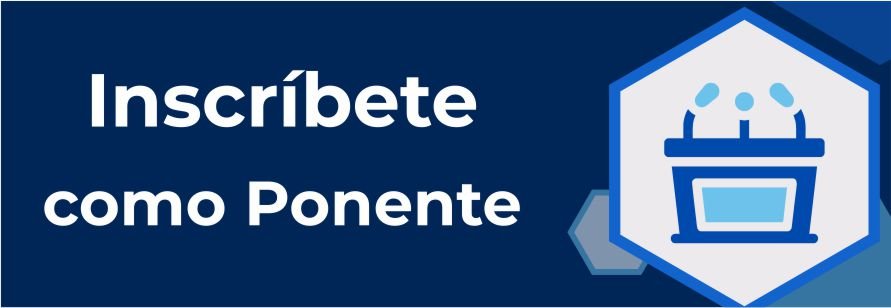
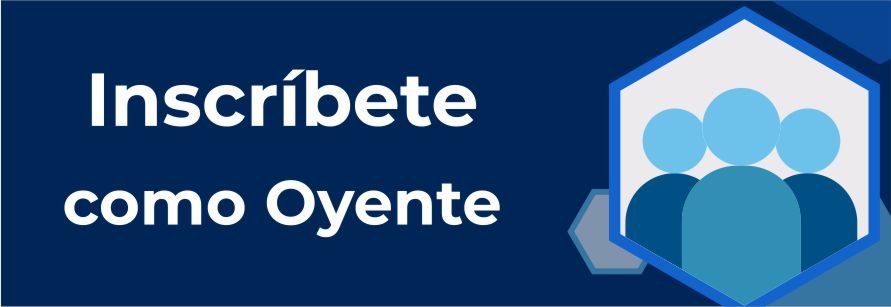

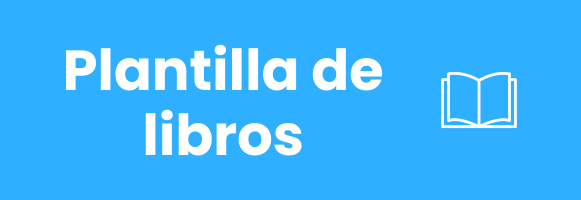
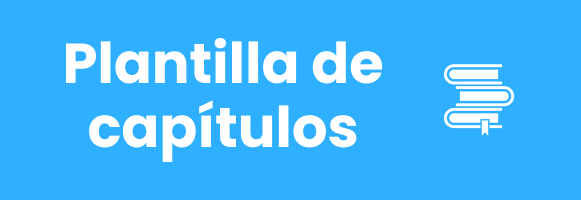
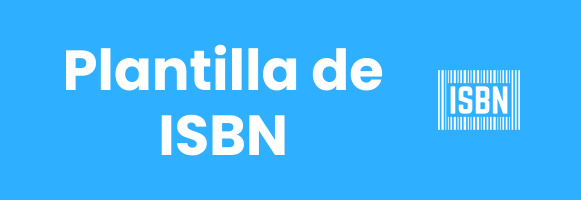
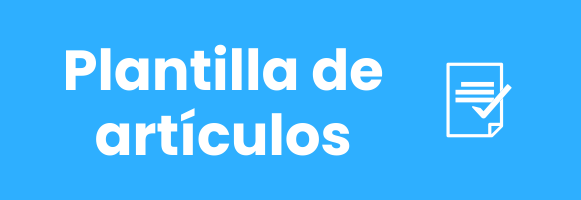
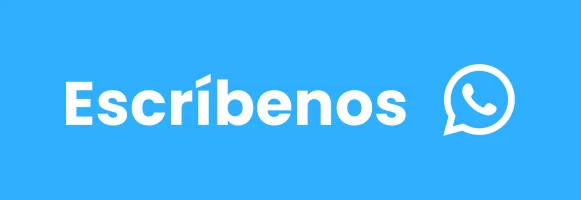

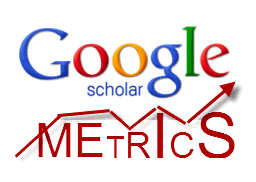

.png)
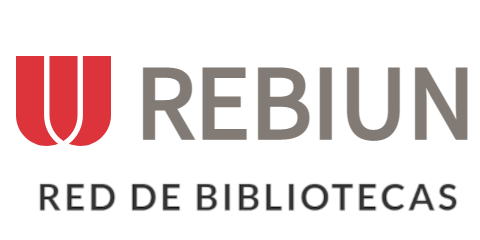







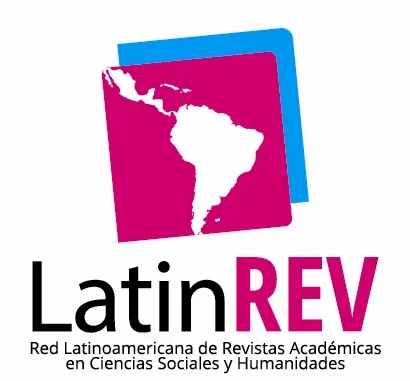

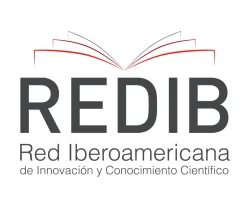


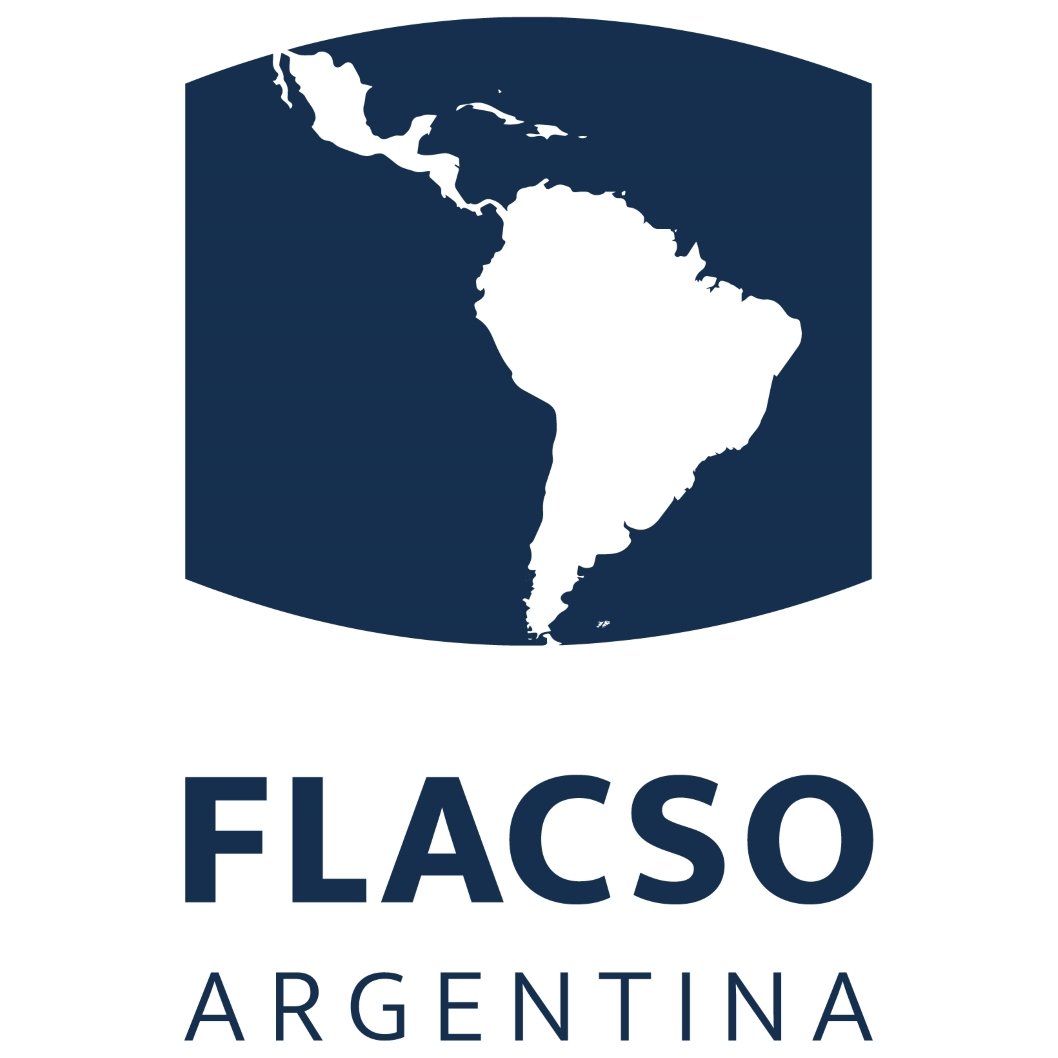
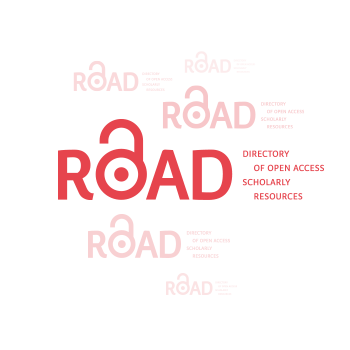
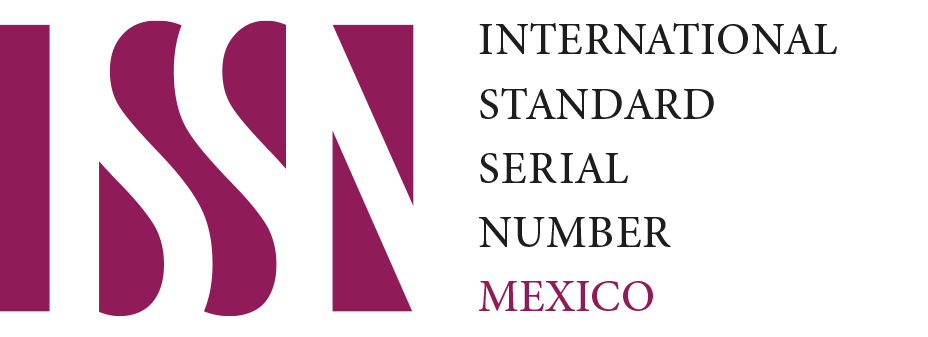
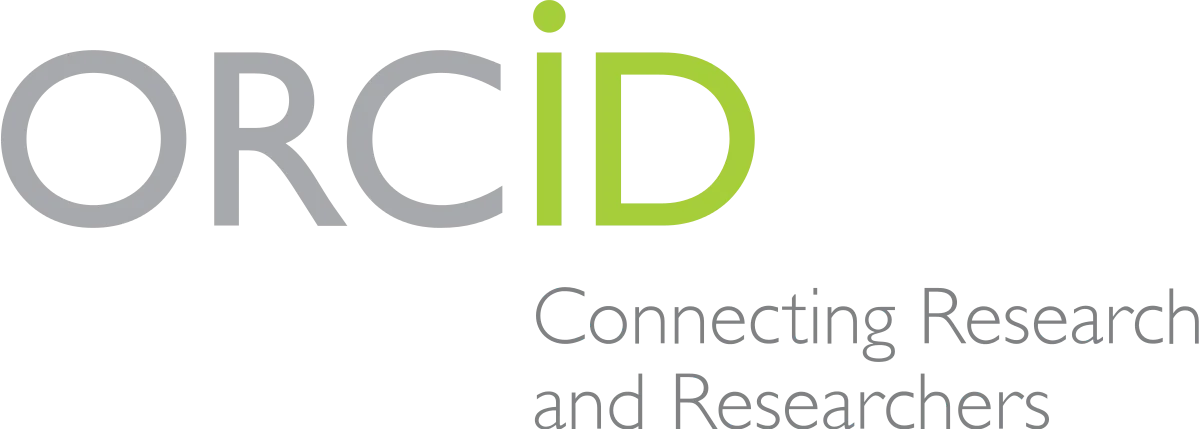



.png)
1.png)


